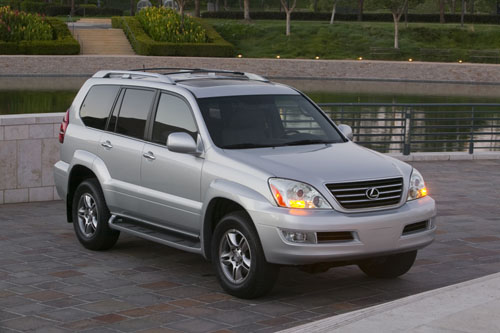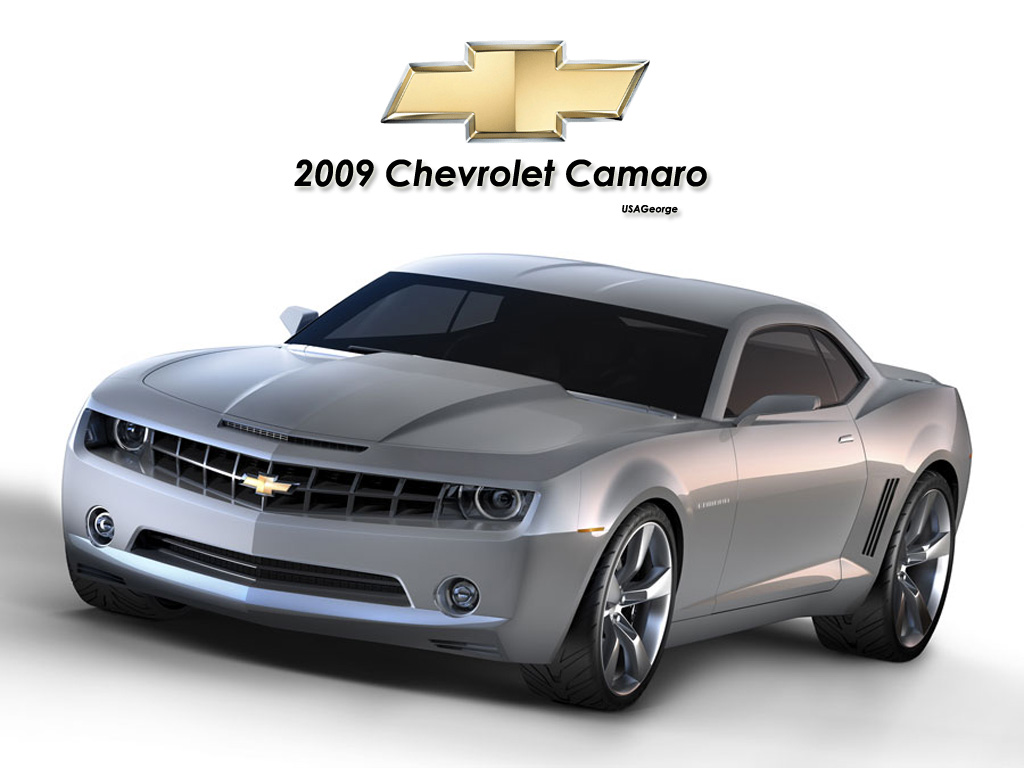














 Price $44,618
Price $44,618The GX 470 midsize SUV continues the Lexus tradition of offering high levels of luxury in a vehicle that is both quiet and comfortable. With three rows of seating, a smooth V8 engine and refined interior, the GX is a top-tier luxury SUV in every sense of the term. In addition, this particular Lexus has the ability to venture further off-road than most of its owners will have the desire, or courage, to take it.
However, the Lexus GX 470 has been on the market for more than a few years now, and in that time the crossover SUV market has become much more popular. Although its rugged truck-based underpinnings provide advantages in terms of towing or going off-road, the resulting higher weight, lower fuel economy and decreased space efficiency means this Lexus may not be the best choice for the type of on-road driving that most luxury SUV owners spend the majority of their time doing. In addition, the GX 470 falls a bit short in terms of the latest luxury features when compared to newer competition.
Current Lexus GX 470
The current Lexus GX 470 is a traditional body-on-frame SUV. Mechanically, it's related to the Toyota 4Runner. There are two trim levels: base and Sport. Both are powered by a 4.7-liter V8 that produces 263 horsepower and 323 pound-feet of torque. A five-speed automatic is standard and it sends engine power to a full-time four-wheel-drive system with low-range gearing.
The Lexus GX 470 is also equipped with Downhill Assist Control (DAC), Hill-start Assist Control (HAC) and Rear Adjustable Height Control (AHC). During a low-speed descent, DAC can help keep speed in check without constant input from the driver. HAC helps keep the vehicle stationary while starting on a steep incline or slippery surface. AHC offers the ability to increase or decrease the rear height of the GX 470 over a nearly 3-inch range, enhancing either off-road ability or cargo loading, depending on setting.
This Lexus SUV is also available with a Kinetic Dynamic Suspension System (KDSS). When equipped, KDSS automatically adjusts the front and rear stabilizer bars to enhance handling under a variety of conditions, both on- and off-road.
Luxury is what Lexus is known for, and the interior of the GX 470 offers fine leather on the seats and lustrous wood on the dash and steering wheel. However, some luxury features found on some competitors' vehicles are not available on the GX 470. These include automatic tri-zone climate control, an extra-large sunroof, power liftgate, blind spot sensors, adaptive headlights and ventilated front seats. Other shortcomings include third-row seats that don't fold flat into the floor and a rear cargo door that swings to the curb instead of upwards.
Past Lexus GX 470 Models
The Lexus GX 470 was introduced for the 2003 model year. The following year saw safety upgrades that included a roll-sensing feature for the side curtain airbags, a tire-pressure monitoring system and an optional rear back-up camera system (for those vehicles with the navigation system installed). The optional KDSS was available as a late-year addition.
A Sport trim joined the lineup for 2005. Other GX option changes included an upgraded navigation system with better graphics and additional functions, Bluetooth compatibility and voice commands for the climate control, audio and navigation systems. Horsepower increased to 270 (up from 235). For 2006, the GX 470 offered a new optional second-generation Lexus Link system and featured minor interior trim changes. In addition, new SAE engine-testing procedures resulted in a slight drop in the amount of stated power for the V8, from 270 to 263.
Lexus upgraded the navigation system for 2007 with voice activation and an enhanced display. Other changes include the addition of an input jack (for digital music players) and DVD-Audio capability for the optional Mark Levinson premium audio system (which also plays conventional and MP3/WMA-formatted CDs). The Levinson system also allowed a DVD movie to be played on the navigation system's screen. That year also saw the display for the available rear-seat entertainment grow to a 9-inch wide-format screen.




 Chevrolet Camaro
Chevrolet Camaro Chevrolet Camaro pics
Chevrolet Camaro pics Chevrolet Camaro wallpaper
Chevrolet Camaro wallpaper Chevrolet Camaro
Chevrolet Camaro Chevrolet Camaro
Chevrolet Camaro











